Hair Transplant Techniques: The Guide to Choosing the One That Suits You Best

Sommaire
Hair transplantation provides an effective solution to counter hair loss and restore confidence for those affected by alopecia. Various hair transplantation techniques, each with its advantages and disadvantages, exist. Here is a comprehensive guide to help you discover the best hair transplant techniques and make the right choice based on your personal circumstances and expectations.
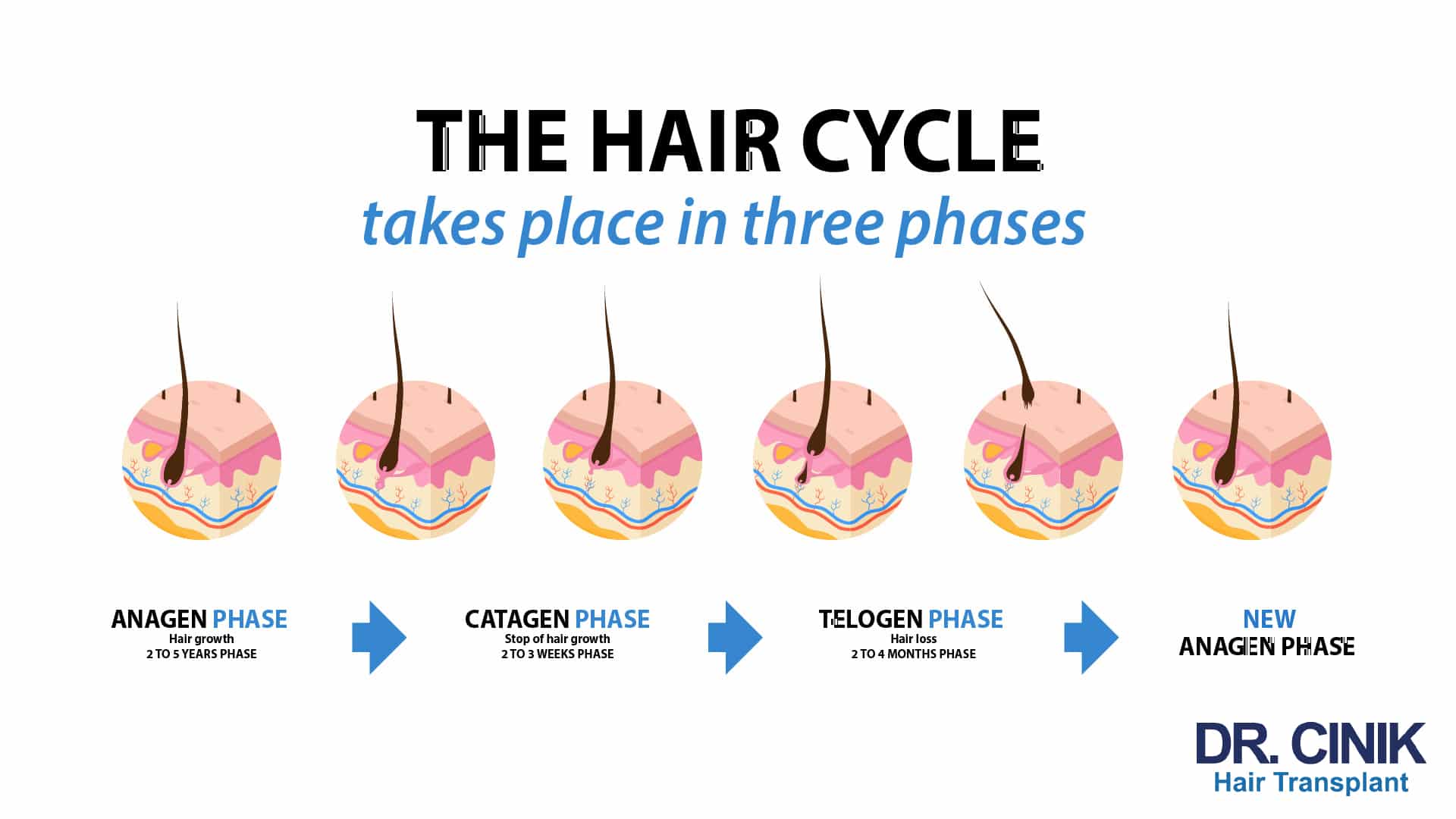
Understanding Hair Loss and Its Causes
Hair loss, also known as alopecia, can be triggered by various factors, such as aging, genetics, hormonal imbalances, or health issues. Androgenetic alopecia is the most common form of hair loss, mainly affecting men, but also some women. This condition is characterized by a gradual thinning of the hair, which becomes finer and sparser until there is no more hair growth in certain areas of the scalp.
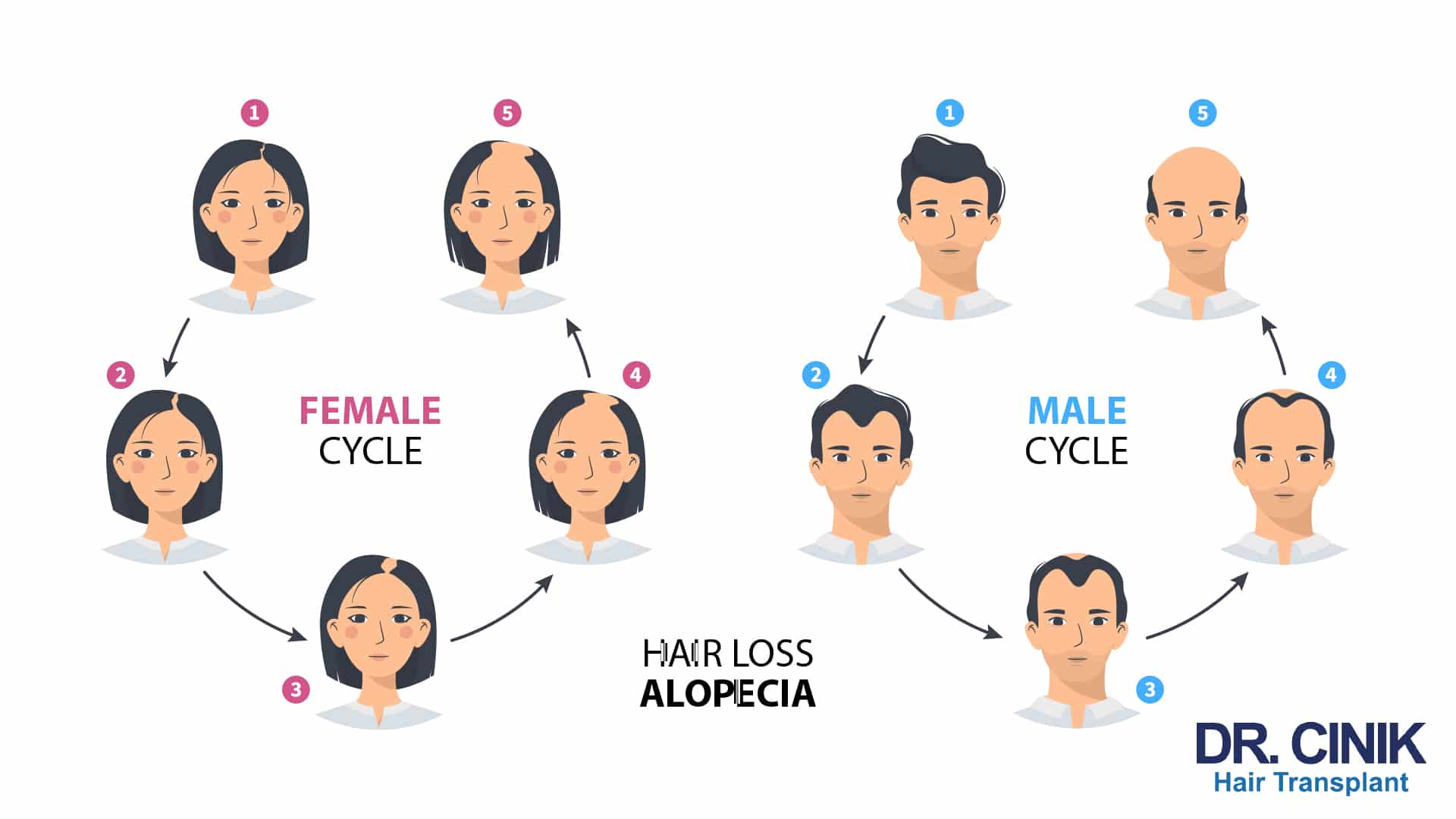
Hair Transplantation: The Most Effective Treatment for Androgenetic Alopecia
Hair transplantation, among various solutions to combat hair loss, is considered the most effective and long-lasting treatment. This surgical procedure involves removing hair follicles from areas where hair growth is still present (usually at the back and sides of the head) and re-implanting them into balding areas to promote hair regrowth. The results are generally natural and satisfactory, with regained hair density and normal hair regrowth.
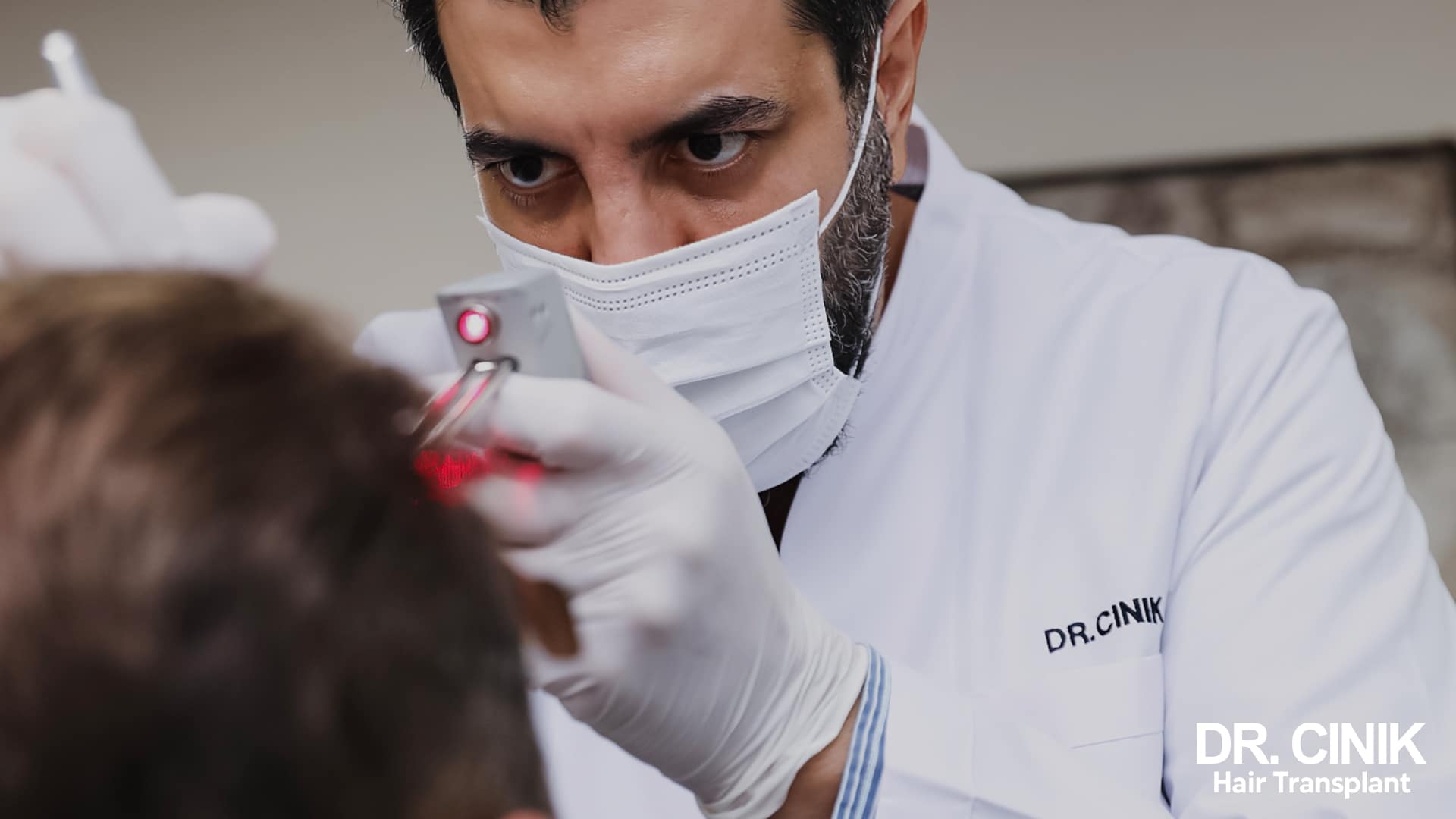
The Different Hair Transplant Techniques
Hair transplantation involves the removal and transplantation of hair follicles from one area of a patient’s head to another. There are different hair transplant techniques:
- The oldest, now outdated, technique is Follicular Unit Transplantation (FUT). A strip of skin with a good hair density is taken from the donor site, dissected into individual hair follicles, and then implanted using tiny incisions. FUT is more invasive than other methods.
- Follicular Unit Extraction (FUE) is another technique used for hair transplants. This method involves harvesting individual hair follicles directly without removing a strip of skin. These follicles are then implanted in the bald spot. FUE is less invasive than FUT and achieves natural-looking results.
- Direct Hair Implantation (DHI) is a technique relatively similar to FUE, with the difference being that the grafts are implanted directly without prior incisions using a CHOI implanter pen.
- Robotic Hair Transplantation (IFA), as the name suggests, is performed by a robot.
Several hair transplant techniques are available. It is essential to consult with a surgeon to determine the most suitable one for your situation.
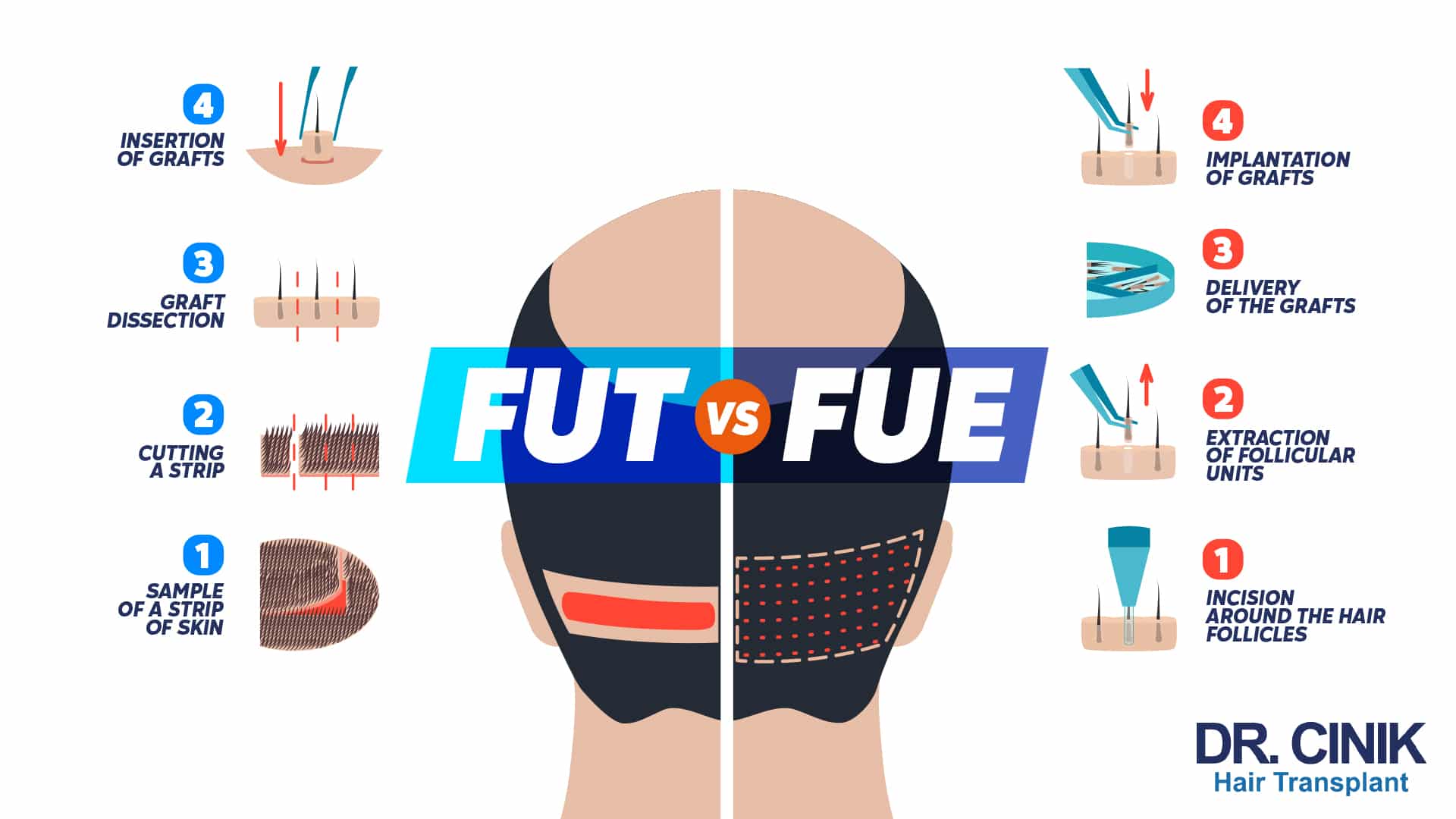
Modern and Safe Hair Transplant Techniques
Some methods are more effective and safer than others. Among these preferred methods are the FUE and DHI methods.
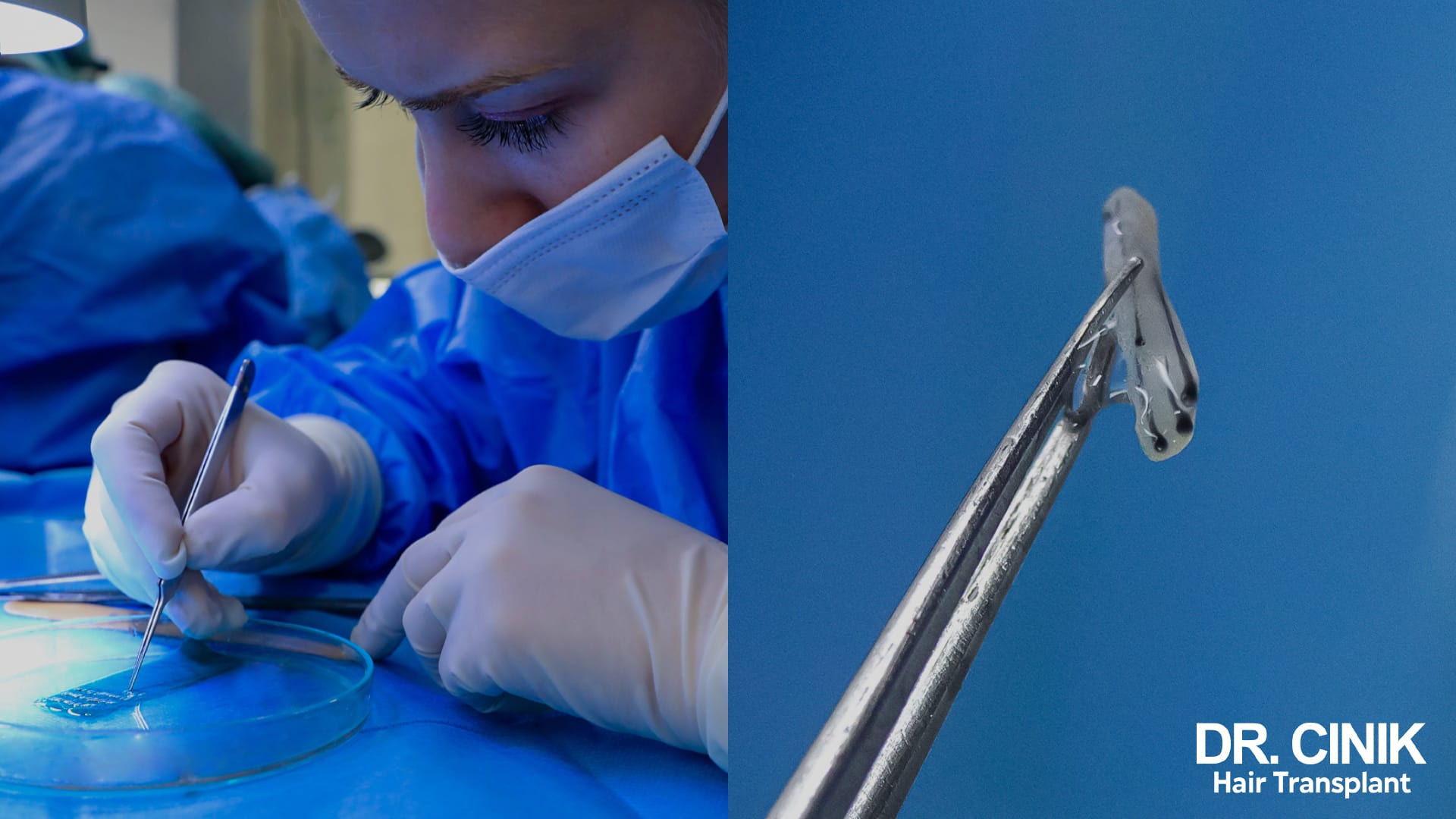
The FUE Method (Follicular Unit Extraction)
Here’s what you need to know about this method:
The Principle of the Method
The FUE technique (Follicular Unit Extraction) is one of the most commonly used methods for hair transplantation. This method involves extracting follicular units, consisting of 1 to 4 hairs, directly from the donor area (usually located at the back of the head) using a small circular instrument, a “punch”. The extracted follicular units are then implanted into the bald areas of the scalp. This technique is less invasive than the FUT (Follicular Unit Transplantation) technique, which involves taking a strip of scalp from the donor area to extract the follicular units. The FUE method is newer and more technologically advanced.
Cette technique est moins invasive que la technique FUT (Follicular Unit Transplantation), qui consiste à prélever une bande de cuir chevelu de la zone donneuse pour en extraire les unités folliculaires. La méthode FUE est également plus récente et plus avancée sur le plan technologique.

The Pros and Cons
Some advantages of the FUE technique include:
- Faster, less visible healing: Unlike the FUT method, which leaves a linear scar in the donor area, FUE leaves small circular scars that are generally less visible and heal faster.
- Faster recovery: The FUE method is less invasive than FUT, allowing patients to recover from the procedure more quickly.
- Better distribution of follicular units: The FUE technique allows for more precise harvesting and implantation of follicular units, potentially providing a more natural result.
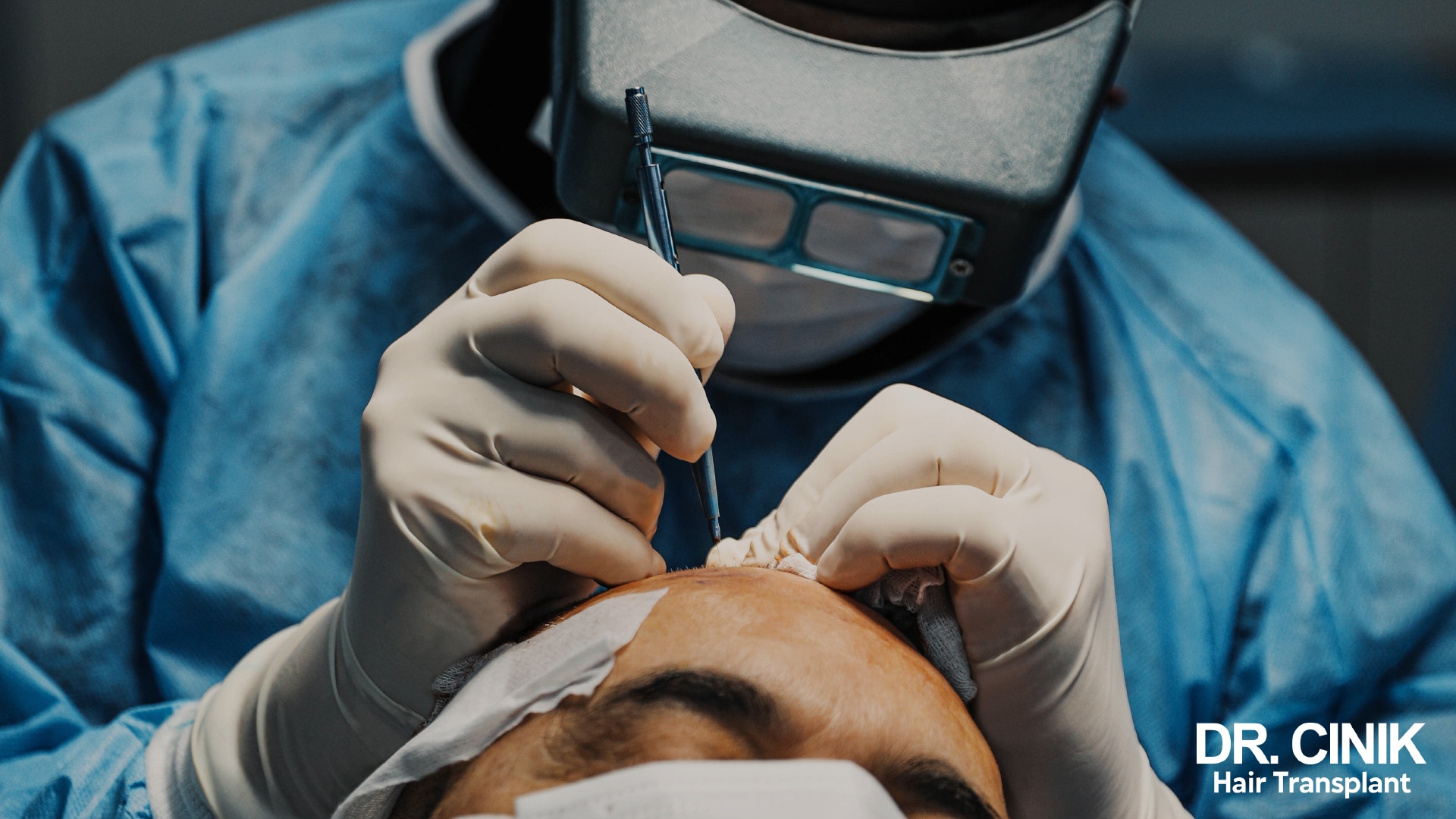
The disadvantages of the FUE technique include:
- Longer collection time: Since each follicular unit is collected individually, the FUE method can take longer than FUT.
- Higher cost: The FUE technique, being more complex and requiring more advanced expertise, can be more expensive than the FUT method.
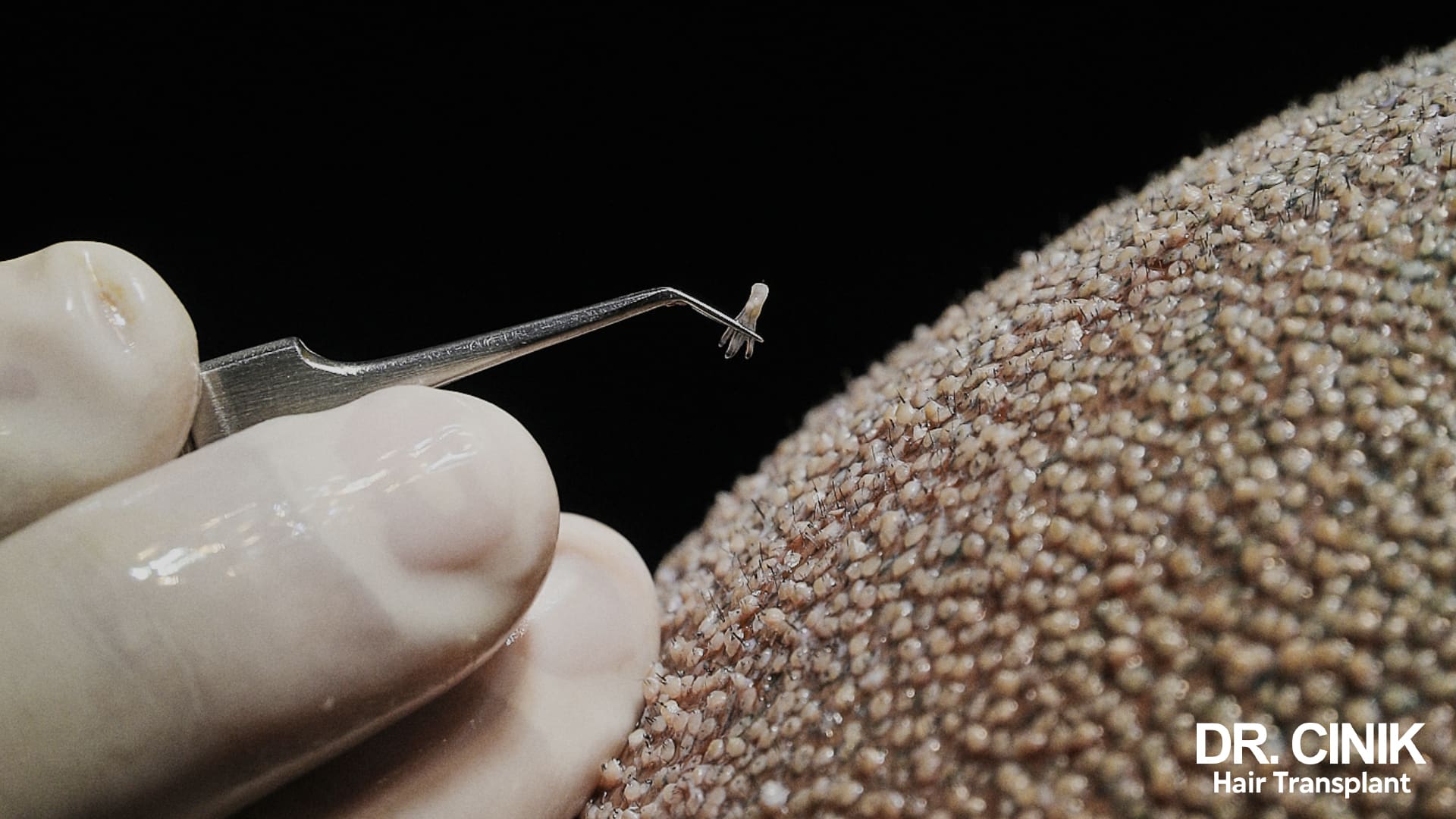
When to Use It
The FUE technique is particularly recommended for individuals suffering from an advanced stage of androgenetic alopecia. This method allows for the collection of a large number of follicular units without leaving linear scars, an advantage for those with a large area to cover.
The DHI Method (Direct Hair Implantation)
Here is an explanation of this popular method.
Principle of the Method
The DHI (Direct Hair Implantation) technique is a variant of the FUE method. This method implants the follicular units directly after their removal, bypassing the need for a prior incision step in the recipient area. A specific instrument is used to create an incision and implant the follicular unit in one single step. Known for providing more natural results, the DHI method enables precise control over the angle, direction, and depth of follicular unit implantation.
Cette méthode est réputée pour offrir des résultats plus naturels, car elle permet de contrôler avec précision l’angle, la direction et la profondeur de l’implantation des unités folliculaires.
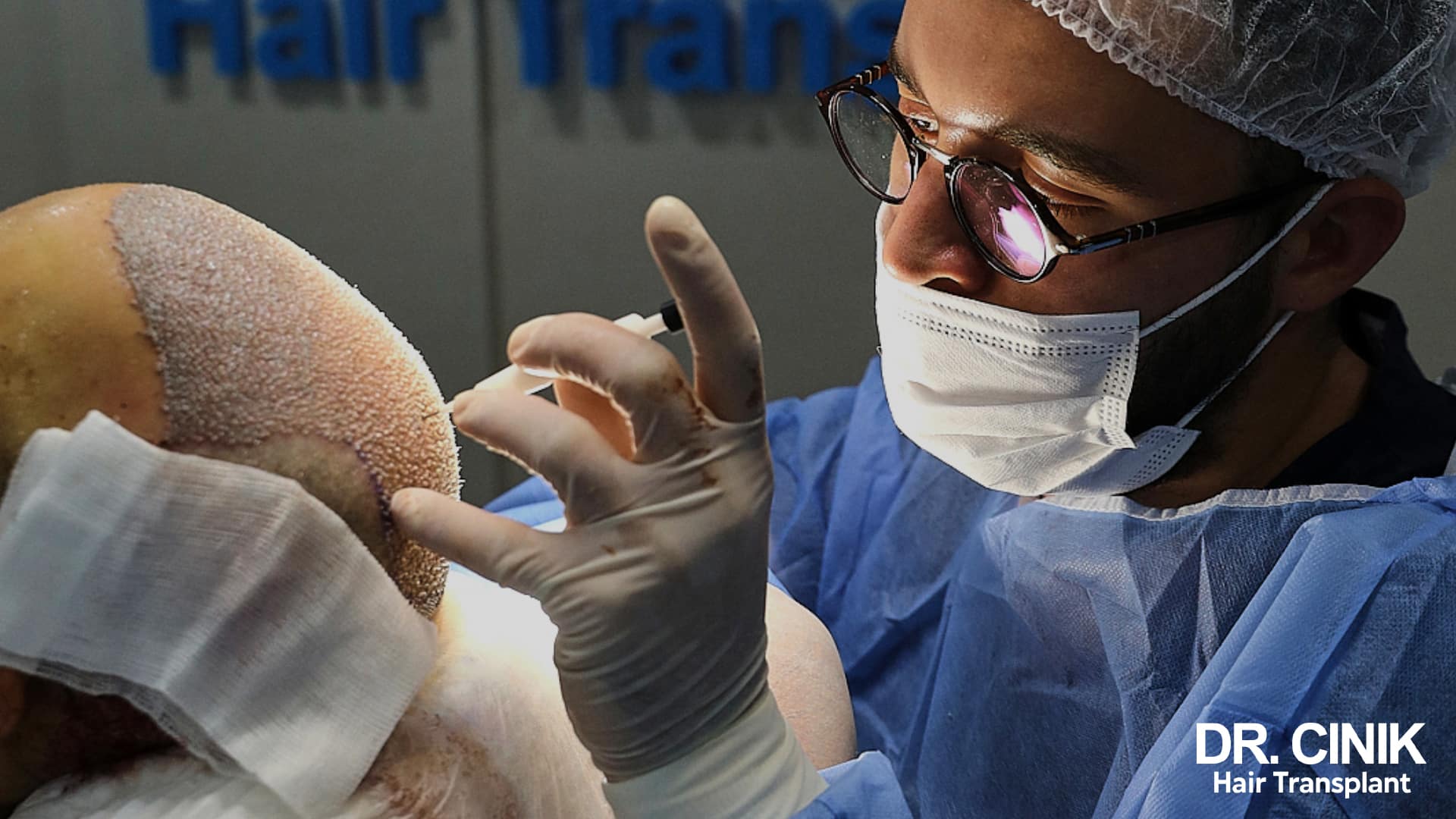
Pros and Cons
Advantages of the DHI technique include:
- More natural result: The DHI method offers precise control of the angle, direction, and depth of follicular unit implantation, resulting in a more natural and harmonious look.
- Faster healing: Similar to the FUE method, the DHI technique leaves small circular scars that heal quickly, which are less visible than the linear scars left by the FUT method.
- Quicker recovery: As the DHI method is less invasive, patients can typically resume their activities soon after the procedure.
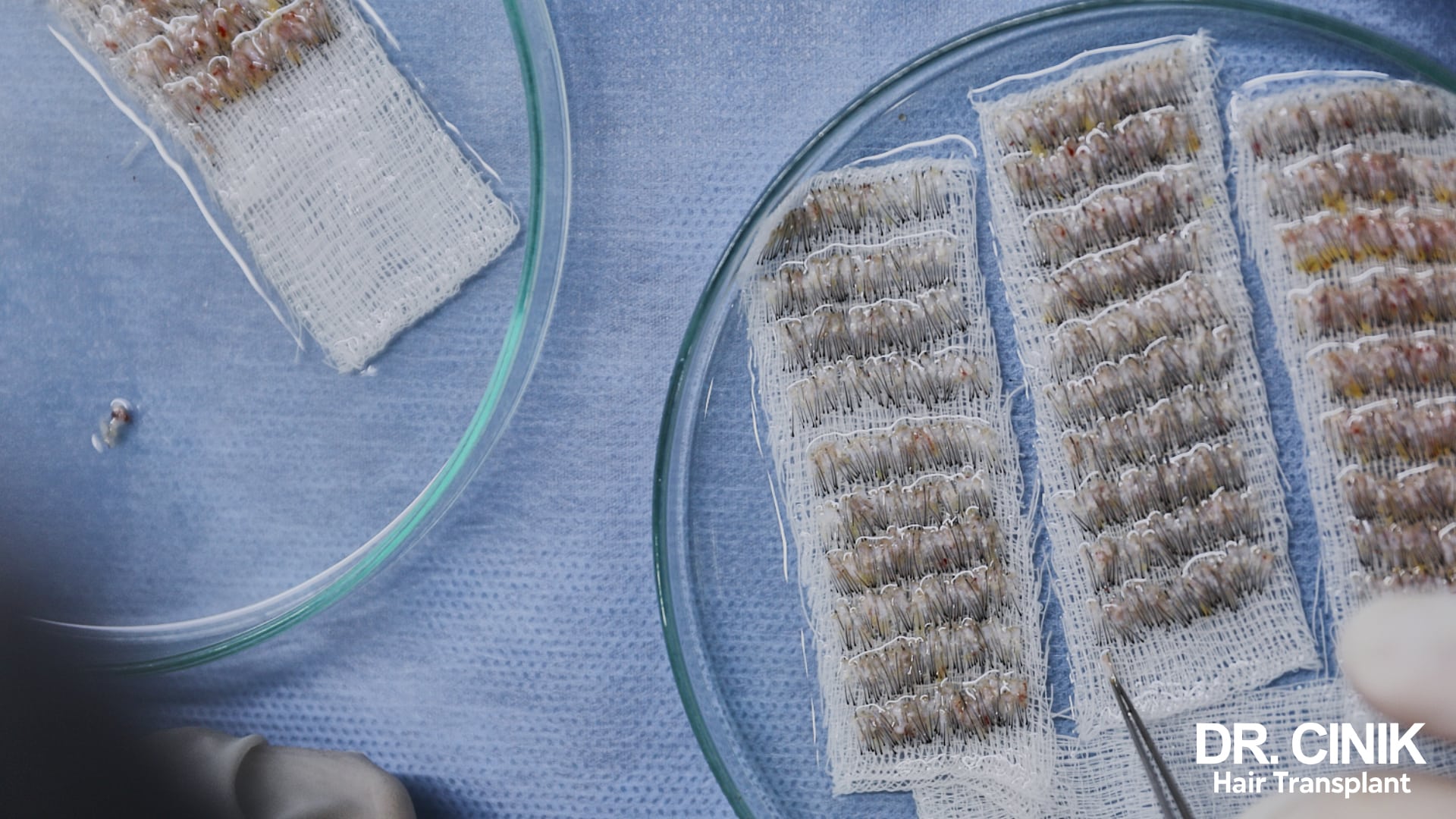
Disadvantages of the DHI technique include:
- Higher cost: The DHI method necessitates specialized equipment and expertise, leading to higher costs compared to other hair transplant methods.
- Longer collection and implantation time: The DHI method can be more time-consuming than the FUE or FUT methods since each follicular unit is implanted immediately after its collection.
When to Use It
The DHI technique is especially suitable for individuals suffering from less advanced stages of androgenetic alopecia, women contemplating a hair transplant, and individuals wishing to treat localized or scarring alopecia. This method delivers very natural results, even when the number of follicular units to be implanted is limited.
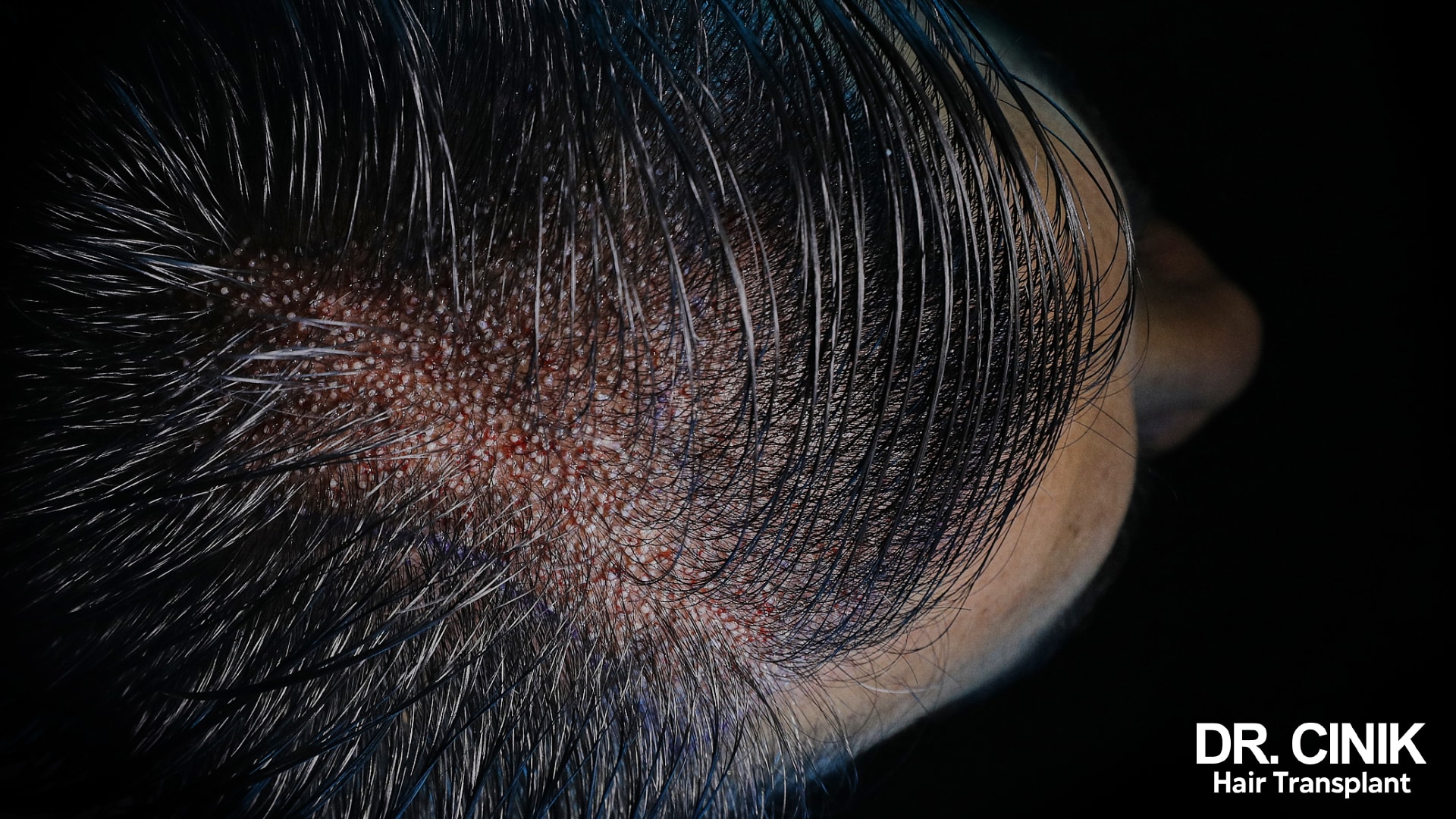
Older and Less Effective Hair Transplant Techniques
In addition to recent techniques, there are older grafting methods that may be less effective.
The FUT Method (Follicular Unit Transplantation)
One such method is the FUT technique.
Principle of the Method
The FUT method, or Follicular Unit Transplantation, is an older hair transplantation technique. It involves removing a strip of scalp containing hair follicles, dividing it into small follicular units, and then reimplanting them in the bald areas. This method requires sutures and leaves a linear scar.

Drawbacks
The disadvantages of the FUT method include the presence of a linear scar, a longer recovery period, and a less natural result compared to modern techniques. Additionally, it may be less suitable for cases of severe baldness and hair transplants in women.
The IFA Method (Automated Follicular Implantation)
Automated Follicular Implantation is another less effective method compared to more recent techniques.
Principle of the Method
The IFA method, or automated follicular implantation, is a hair transplant technique that uses a robot to remove and re-implant hair follicles. It is less common and often less successful than an experienced surgeon.
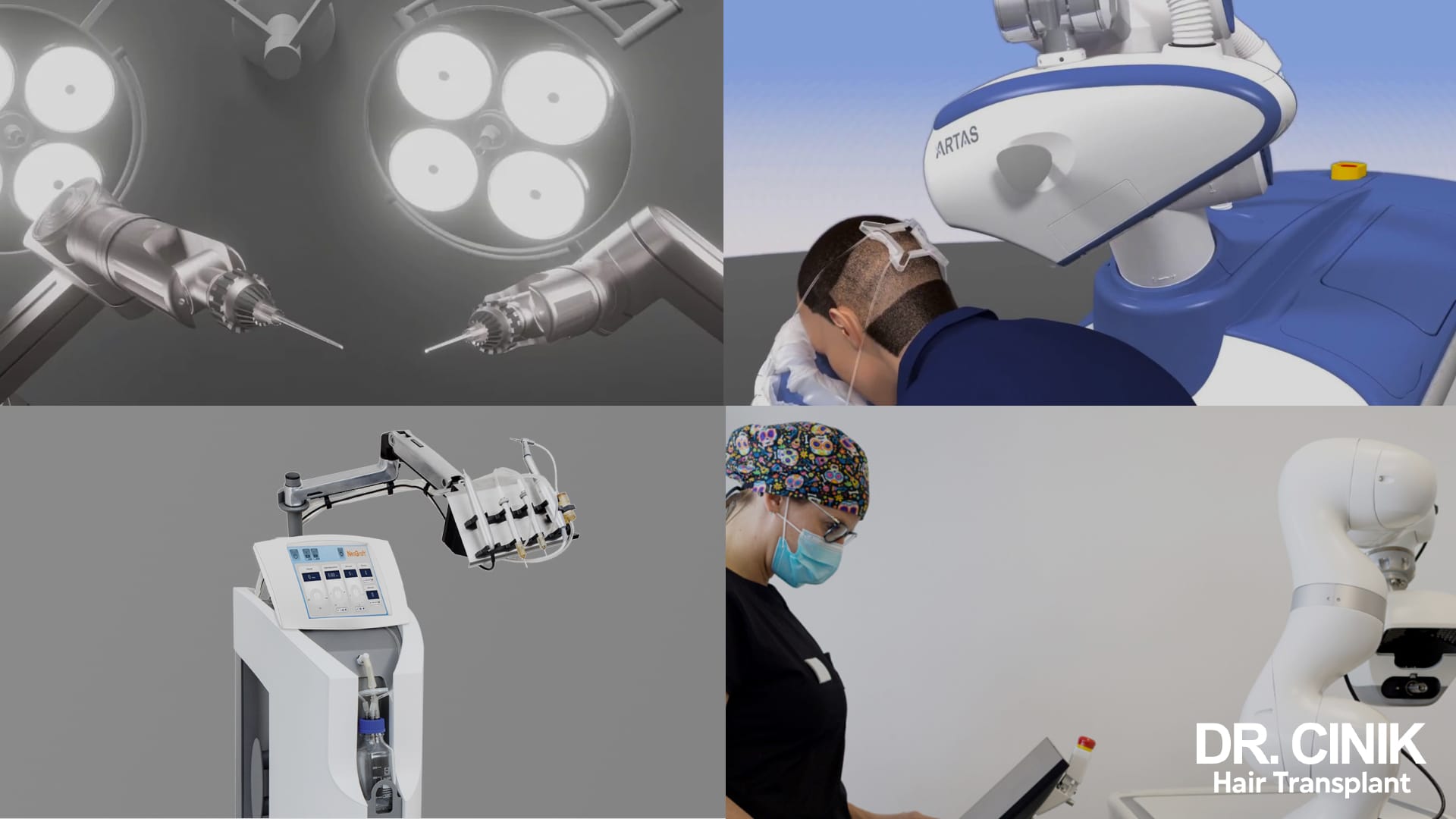
Drawbacks
The disadvantages of the IFA method include lower results compared to those achieved by an experienced surgeon, a risk of an unnatural “doll” effect, and a higher cost due to the use of advanced technology.
What Are the Main Risks of Hair Transplantation?
Like any surgery, a hair transplant carries risks.
Most Known Risks
Hair transplantation, like any surgical procedure, carries certain risks such as temporary bleeding, infection, pain, or inflammation. However, these risks are generally rare and can be mitigated by choosing a qualified and experienced surgeon, as well as a clinic equipped with the latest equipment and strict safety standards.
Among the well-known risks of hair transplantation, there’s also the risk of not obtaining the desired result, with insufficient hair density or uneven hair growth. In some instances, a second operation may be necessary to correct the result or improve the density.
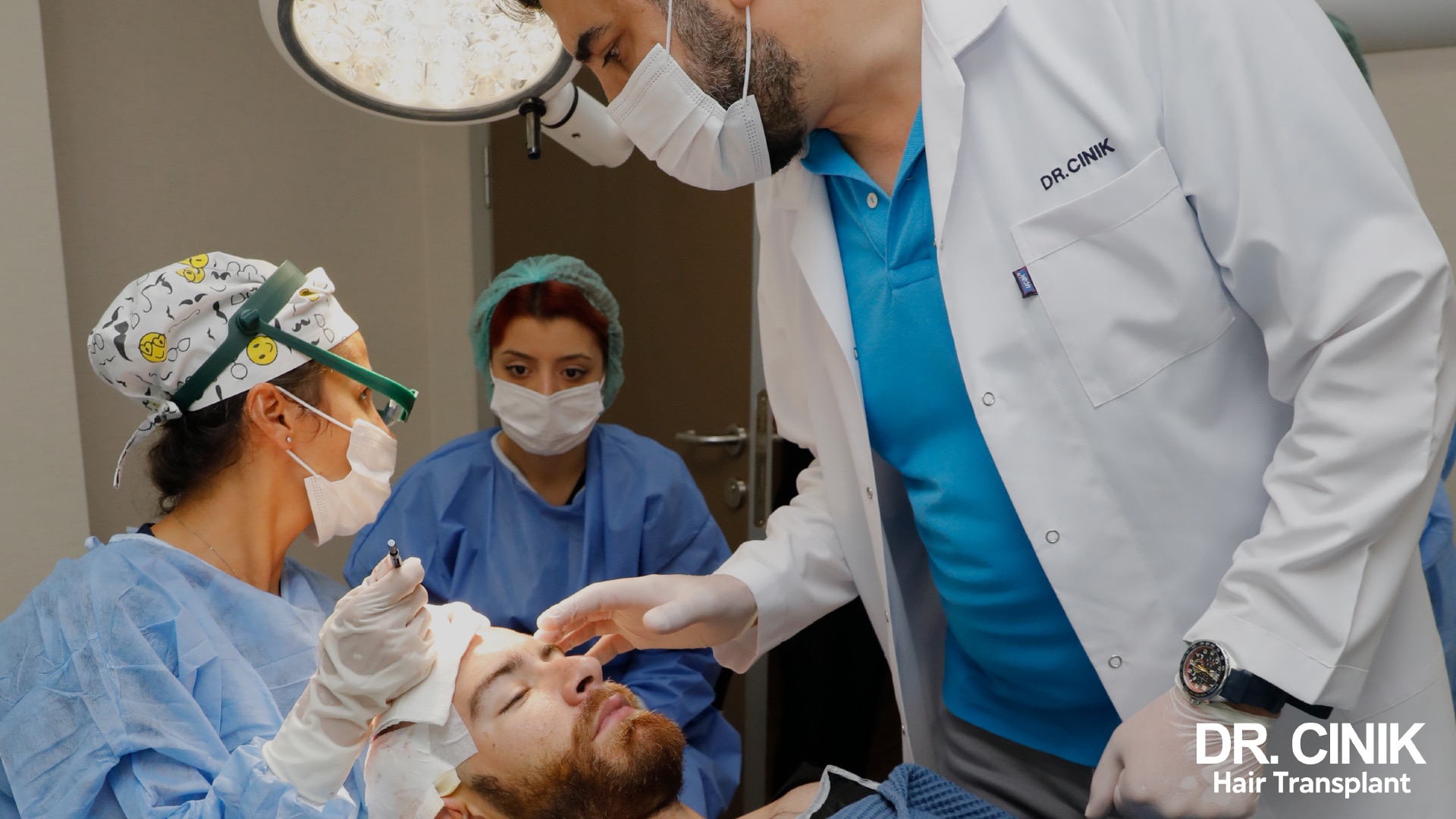
What to Do in Case of a Failed Hair Transplant?
In case of hair transplant failure, it is crucial to contact your surgeon. The cause of graft failure needs to be identified. Is it due to poor technique or an underlying medical condition? Once the cause has been pinpointed, your surgeon will take necessary actions to rectify the situation. This includes removing failed grafts and replacing them with new ones. For this process, it is vital to choose an experienced and skilled surgeon, as it may be more complex than the initial transplant.

Where to Perform Your Hair Transplant?
Turkey has become a popular destination for those seeking hair transplantation, and for good reasons.

Competent Doctors
One of the main attractions of Turkey for hair transplant procedures is the proficiency of its surgeons. Turkish doctors are globally recognized for their skills and experience in hair transplantation. Many have received training at prestigious institutions around the world and have returned to Turkey to offer their services to both local and international clients. Patients can expect top-notch care and results that meet or even exceed their expectations.
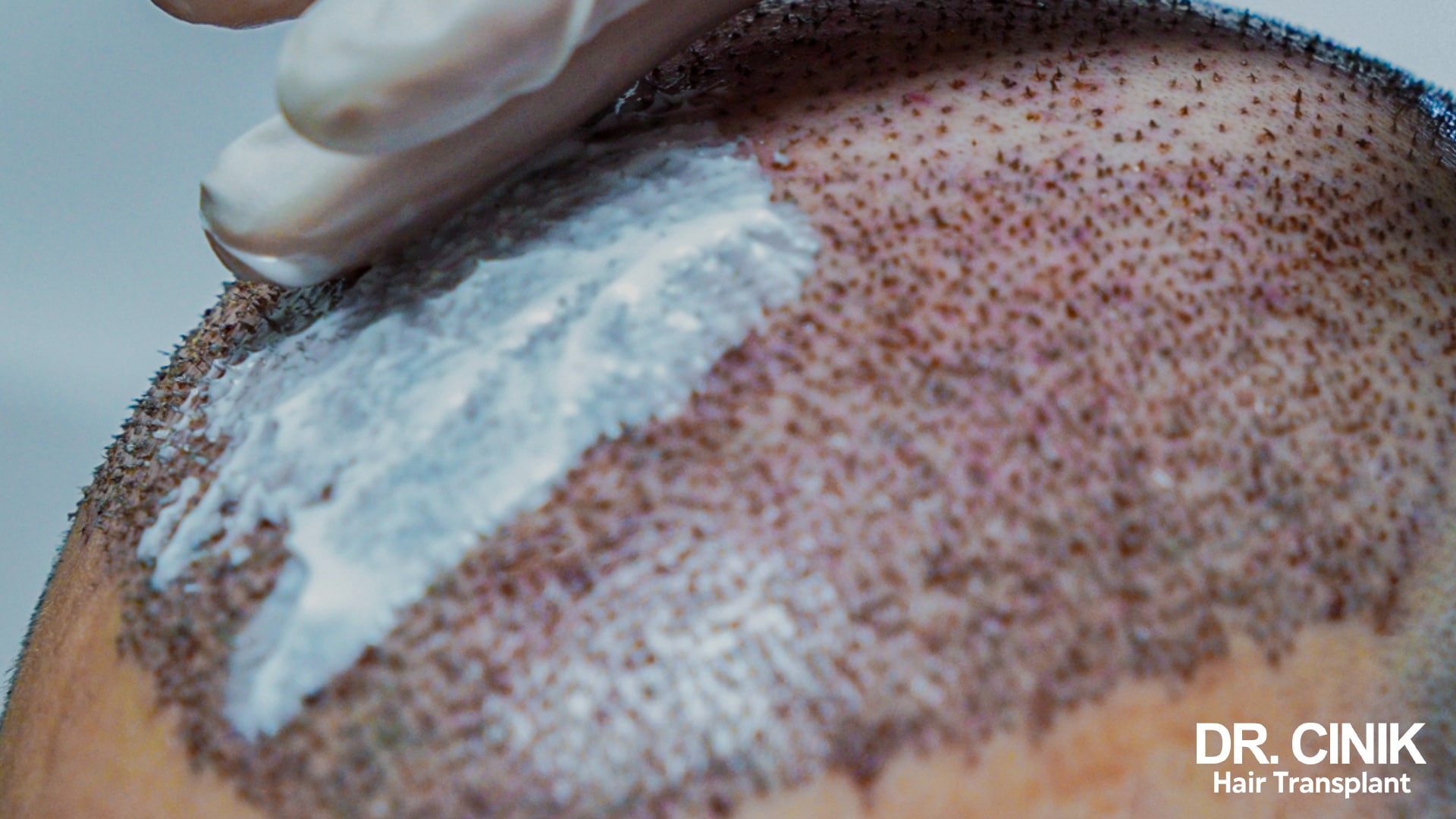
Hair Transplants at Attractive Prices
Another factor contributing to Turkey’s allure as a destination for hair transplants is the price. Hair transplant procedures can be quite costly, especially in countries like France, USA, UK, etc. However, in Turkey, patients can expect to pay significantly less for their procedure, without compromising on quality or safety. This economic aspect has made Turkey an increasingly popular choice for individuals considering hair transplantation.
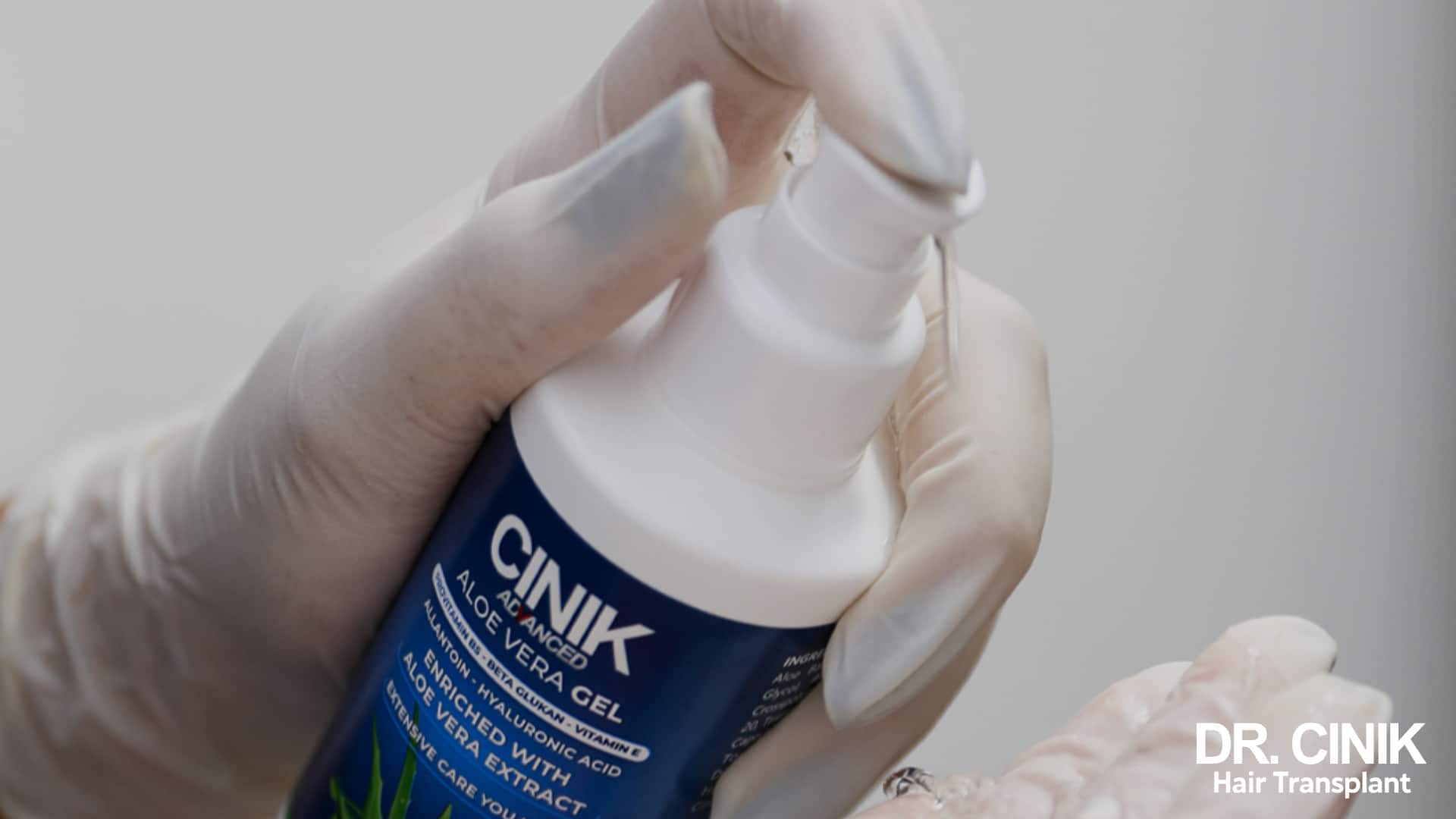
Combine Business with Pleasure
Apart from the proficiency of its surgeons and its appealing prices, Turkey also offers a welcoming environment for medical tourists. Renowned for its rich history, beautiful landscapes, and delicious cuisine, Turkey provides patients with a pleasant experience during their recovery period. They can relax and recuperate in beautiful surroundings while enjoying everything the country has to offer.

Undoubtedly, Turkey is a top destination for individuals considering a hair transplant. The combination of skilled surgeons, attractive prices, and a welcoming environment makes it an ideal choice for those seeking quality care at an affordable cost. If you’re considering a hair transplant, consider Turkey; you won’t be disappointed!
 en
en



